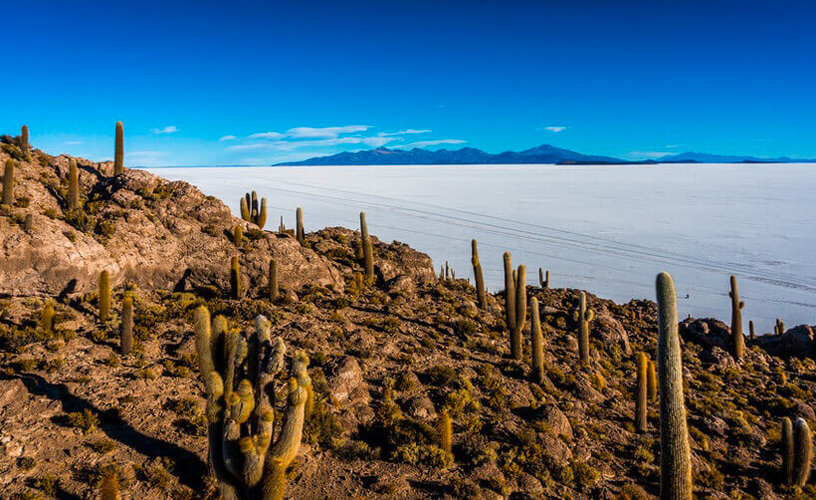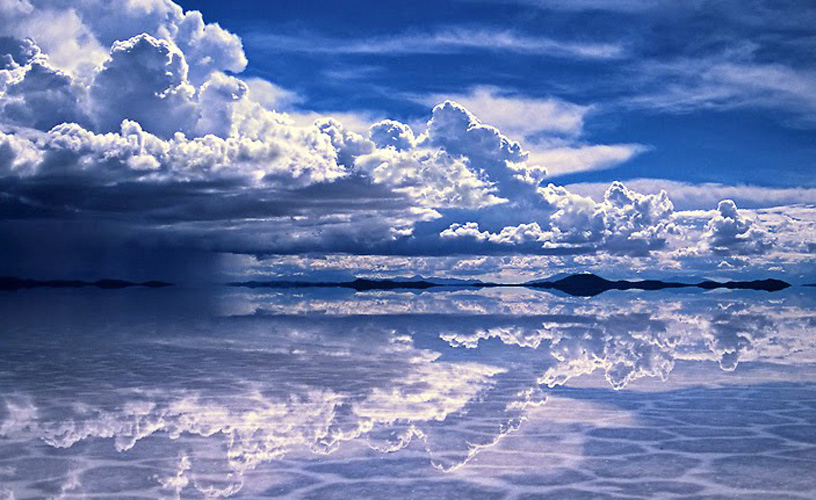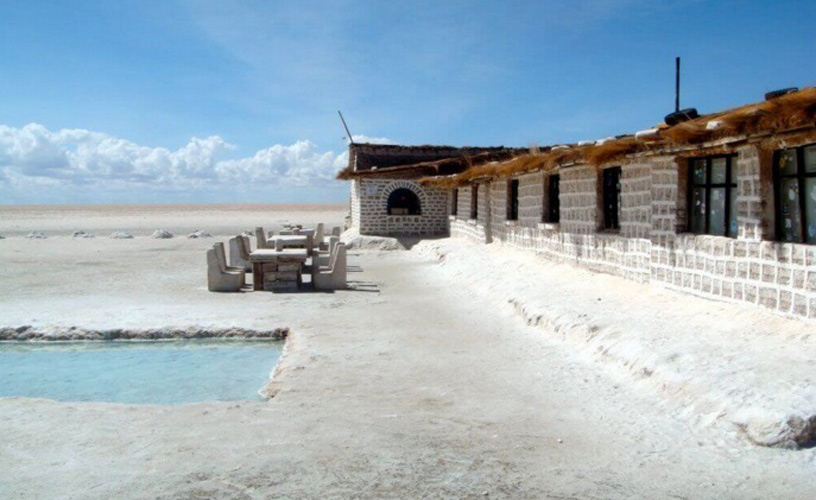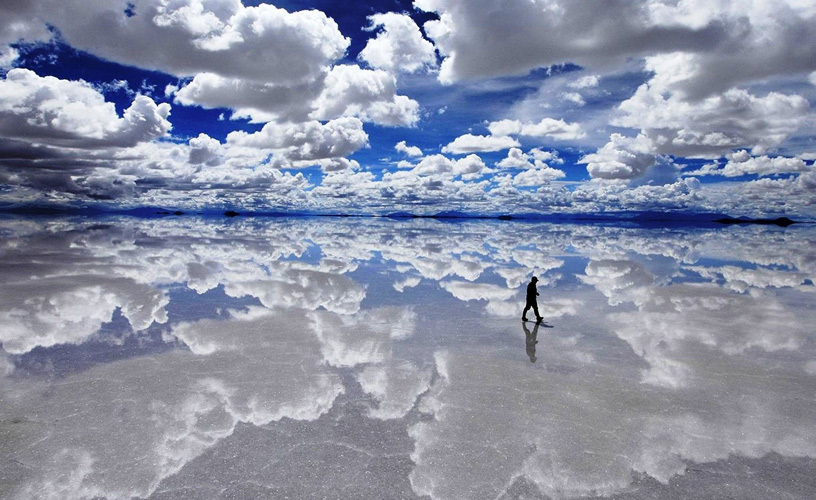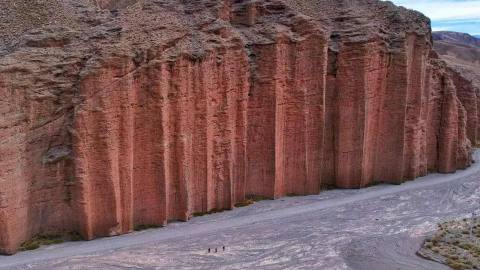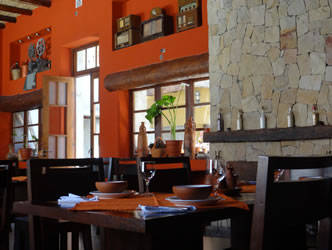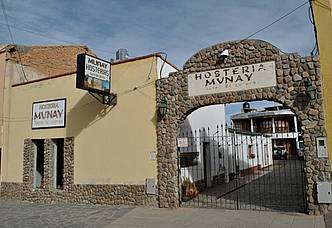Located in the Southwest of Bolivia and about 200 kilometers from Potosí, the Uyuni salt deposit is considered the largest and the highest in the world. It occupies a surface of 10,582 square kilometers and it is located at 3,653 meters above sea level.
This semidesert of volcanic lands encloses natural resources of great tourist importance as it presents sceneries of extraordinary and exotic beauty, which also offer great economical possibilities. The salt deposit contains a reserve of 9 million tons of lithium and other minerals.
As we entered the salt deposit, we lost all communication with the outer world and began to spend time in an extreme state of isolation immersed in all kind of sceneries where very cold days are mingled with more temperate and warm temperatures. Of course this phenomenon affects the local flora and fauna.
Uyuni Salt Deposit
The spectacular geysers, the rock formations and the volcanic wells with their sulfur fumaroles that take visitors back to the times when the Earth was formed are some of the main attractions tourists may enjoy as days go by and the various towns and destinations inside the salt deposit are visited.
The town of Uyuni, a small district working as the entrance gate to the salt deposit, stands out. The train cemetery is located there. It is the venue for the most important railway machinery remains in Upper Perú, which date back from the entire XIX century.
This town is the starting point to tour around several attractions, such as Colchan or “Puerto Seco” (Dry Port), where the local settlers may be watched as they extract the salt by hand and in a rudimentary way.
As we got deep into the sea of salt, we came across several hotels made of salt with furniture also made of this mineral. Everything from its bricks to its walls, even its beds, tables and chairs, as well as other objects of daily use, were made of salt. The whole scene was very strange.
Driving, running or even walking through this large lake of salt is a marvellous experience. At times, it looks like a lunar scenery and the contrast between the blue sky and the white soil is stressed in a unique manner.
On the other hand, when it is cloudy, the white-out effect is produced. This way, the horizon becomes diffuse and it can hardly be seen, making it impossible to tell where the Earth finishes and the sky begins.
Spectacular and magical days -like the locals describe them- take place when it has rained and the salt deposit presents a thin layer of water. If the sky is covered with white clouds of clear contours, the salt deposit becomes a real mirror which provides a perfect reflection of whatever happens in the sky. Therefore, it is possible to watch oneself, make gestures and play in the same way as if we were standing on a huge endless looking-glass.
In this white nook, we felt the amazement of the human eye in its most remarkable version and we became aware that it was really worth our while having gone on that tour because it will remain on our retinas for good…
Pablo Etchevers
Gentileza Rutaverdebolivia.com
